Karim has successfully infiltrated by the techniques of painting and sculpture, as well as photography and the graphic arts.
Born in Caracas in 1959.
His initial studies develop them in the School of Plastic Arts Cristóbal Rojas of San Cristóbal, Venezuela and continues his academic formation in the School Cristóbal Rojas of Caracas, Venezuela, these studies cover the period of years 1974 to 1977.
He then moved to Paris, France where he entered the prestigious National Higher School of Plastic Expression of Bensaçon, from which he graduated in 1981. He then continued his solid artistic training at the University of Paris (1982) and then specialized in engraving and New techniques at the Atelier C. Marcano in Avignon, France.
From 1983 he established his workshop in Paris and traveled frequently to Venezuela. In 1985 he made his first solo show in Espace Winstub (Bensaçon, France), where he started as a portrait painter and in 1988 opened the exhibition "Trace de l'Amérique Latine" at the Galerie Tendances Grises (Paris).
It maintains its line of work and soon captivates to him the universe of the pigmentary pictorial mass, collage and gestural painting. Little by little he begins to intervene his works with strokes of writing, at the same time that he moves away from the figuration.
The artist, drawing on proposals initiated by abstract expressionism and informalism, develops a plastic discourse where a stroke and a very personal gesture prevail, his work is eminently subjective: reminiscences and pieces of elements of memory. In some fabrics, the traditional format of the frame is broken to resemble parchments and dyed or hanging leathers that enter the viewer in the interiors of the work. He has a wide repertoire of techniques and resources such as textures, signs, graffiti, scratches and incises, which allow his creations to escape objectivist representation. Of his work, Carlos Silva wrote: "his layers of pictorial paste are arranged irregularly, as the sedimentation that leaves a process that speaks of remote geological eras, which let the blind natural history directly appear. Matter, [...] is accompanied by obsessive scriptural lines.
All this seems to be self-making, the adjustments of the geomorphic layers and the thin strips of words, so that Borjas acts as the chosen one to present, with singular mastery, the work of others, the work of nature, astronomy Of things, as well as the beginnings of a language that is repeated, erased and rewritten and whose meanings have become
Borjas has participated in numerous individual and collective exhibitions and national and international fairs. He has also illustrated books by important authors such as Pierres Trouves (F. Millot) and The grandiloquent story of giant Noctambul (Rafael Rodríguez)




